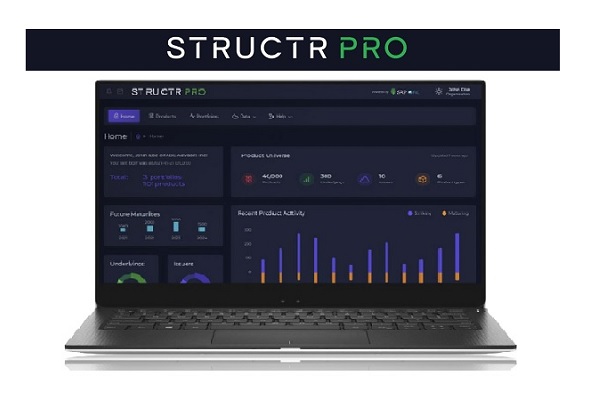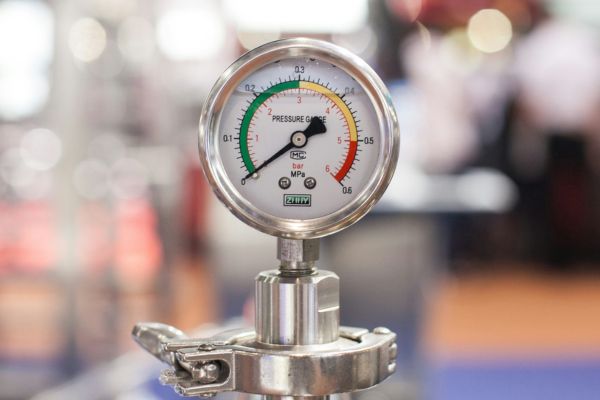Most retail structured products are linked to equity indices or stocks as investors seek to follow the long term growth story of equities with the advantage of risk reduction features that structured products bring.
However other asset classes such as commodities have an active niche following within structured product markets in some countries. Where there is a culture for investors to put a small part of their portfolio into such asset classes to reap the benefits of diversification, using structured products can often make sense. This is because the protection that such products have can persuade investors to take a holding that they might otherwise be reluctant to do as a direct investment.
Gold is one such commodity that has always proved popular, but another fundamental asset in the world is that of oil. All commodities tend to be very technical and complex to truly understand and the connection between their different measures can be confusing.
Focus on Oil
The Brent Crude Oil price is often in the news and 2020 has been no exception. Well publicised falls to the spot price occurred in the early part of this year due to a dispute between two of the world’s largest producers: Russia and Saudi Arabia. This was then exacerbated by the sudden slowdown in economic and industrial activity caused by the spread of the coronavirus pandemic and the lockdown measures that have resulted in many countries. Brent Crude Oil spot price has now fallen from $67 a barrel at the start of the year down to $25 at the start of April, just three months later. This dramatic fall highlights just how volatile oil prices can be as they are affected by so many other economic factors: supply and demand and future estimates of world growth. Additionally Oil has always been wrapped up in politics and international trade.
Although Brent Crude spot price is the mostly widely quoted measure of Oil it is not itself directly tradeable. The physical nature of commodities means that any financial instrument such as an ETF or structured product will need to reference a tradeable instrument such as a futures contract. However individual futures can be affected by demand and supply that influence prices as well as the constant requirement to switch out of one future to the next as they mature.
Because of this, the use of indices has become popular to provide a better long term reliable measure of Oil levels. The S&P GSCI Brent Crude Index is one of the most widely used benchmarks and is one of the family of commodity indices run by this group. All such indices have a rather complex mechanism to handle the necessary rebalancing. As such they can get quite seriously disconnected from the spot price.
The index has fallen to 46% of its level at the start of 2020, in contrast to the spot price which stands at just 33% of where it was back then. This is a considerable difference and of course it is possible in other circumstances for the index to move differently, such as be slower to rebound if spot prices increase again.
Index solutions
The advantage of using an index is that it is independently calculated by a third party, is continuously available and provides a single reference time series that can be used to issue multiple structured products against, as well as provide a vehicle for ETFs.
According to data from StructuredRetailProducts.com, in the US structured product market Morgan Stanley have issued several products in recent months linked to the excess return of this index, which tracks the return of the core oil index minus the carry effect of interest rates. With interest rates so low this is not a significant effect but can be more so in other circumstances. Use of excess return versions of indices is common to improve optics of product terms and is akin to the usual practice of using price return versions of equity indices.
The actual choice of product while important to the investor lies at the end of this asset allocation and construction process. The two products we examined (CUSIPs 61766YEB3 and 61766YDT5 ) are capital at risk digital payoffs. Issued in the middle of 2019 they have maturities of 1.25 and 1.5 years respectively. Both pay a digital return (12.1% and 13.7%) being around 9% on an annualised basis.
Avoiding losses
Both also feature a buffer level of 80%. If the index finishes above this level then the digital payment is made in full, but below this level capital is lost at a rate of 1.25x further index decline. This is quite a defensive target since the index can sustain losses of up to 20% with a full payout being made. In the current market given the downward trend oil prices since the strike date and the fact they mature in late 2020 the products are likely to suffer capital losses.
If the index remains unchanged from where it is now they would repay 65% and 59% respectively of investors capital. Significant though these losses are the exposure to the index starts from 80% which has helped reduce losses compared to having direct exposure to the commodity.
Although the 80% target level of the products was significantly below the initial index level because of the falls that have now occurred, strong growth is required in the remaining period. The index has to grow by 55% in just over five months for the first product to pay its return and by 70% in less than eight months for the second one to do so.
Given the current volatility of oil prices anything is of course possible but despite these experiences many investors will want some diversification outside equities to assets such as Oil. Care must always be taken for volatile and complex underlyings even if an investor may feel familiar with them.
Tags: Valuations Structured Edge












